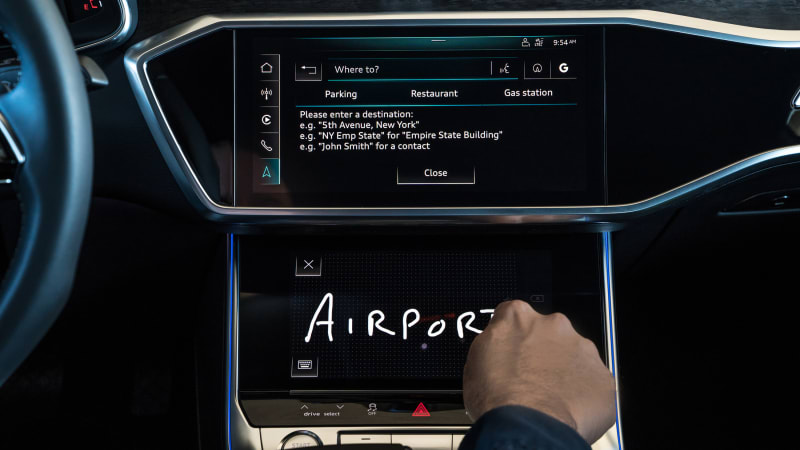Audi design boss dishes on next-gen digital displays
https://ift.tt/34hEvQl

Audi has already been moving toward futuristic vehicle interiors, stripping traditional buttons and dials out of models such as the A6, A7, Q8 and upcoming 2020 Q7 and replacing them with its latest MMI touch response technology system, which emphasizes three large LED screens. In our A6 and A7 first drive, we concluded that “the level of digitization is so great that the car seems to have achieved a paradigm of sorts — one that makes the Audi A6 and A7 more iPhone than car.”
But that’s likely just the beginning of the brand’s evolution of the driver-machine interface. In an interview with Motor Authority, design boss Marc Lichte dished on what’s next for Audi, and it sounds like we can wave goodbye to that lone analog holdout, the beloved volume knob.
As for other interior changes, Lichte said the next generation of MMI will feature an augmented reality heads-up display. Though he offered no further details on what exactly that would entail, it will apparently coincide with a consolidation of the digital gauge cluster, which will get smaller and show less information — good news to those who believe modern digital displays are too distracting to drivers. Lichte’s vision is to replace the two touchscreens in the center stack with a larger single screen.
As we noted in the aforementioned A6 and A7 review, Audi opted to do away with dials and buttons in favor of three large LED screens, including a 12.3-inch full-color display and an all-screen center stack that replace 43 buttons from the previous generation with a 10.3-inch infotainment and 8.6-inch climate control touchscreens. Audi also made the door handles electronic, installed voice command and 3D mapping systems, and made it possible for users to user their finger to write out commands, similar to modern tablet cash registers.
Lichte also hinted that bigger design changes are in store as Audi shifts toward electric vehicles. Starting probably with the launch of the E-Tron GT late next year, which will be based on the Porsche Taycan platform, Audi will give its electric cars — as opposed to utility vehicles — very low ride heights, thanks to the newfound ability to design them with low floors. It’s similar to how Alfonso Albaisa, Nissan’s senior VP of global design, has described the design opportunities presented by electric vehicles and the lack of a need to accommodate a combustion engine. This includes shifting the cabin forward and elongating it to expand interior space.
Auto Blog
via Autoblog https://ift.tt/1afPJWx
December 14, 2019 at 10:25AM
